DON’T Throw that Juice Pulp Out—Repurpose It!
OK, now I know Cook’n readers are a savvy bunch of folks, and there’s not much you don’t already know about. But in the off-chance you haven’t thought of this, I’m sharing! (And I wouldn’t be surprised if someone out there put me in their will for this one!)
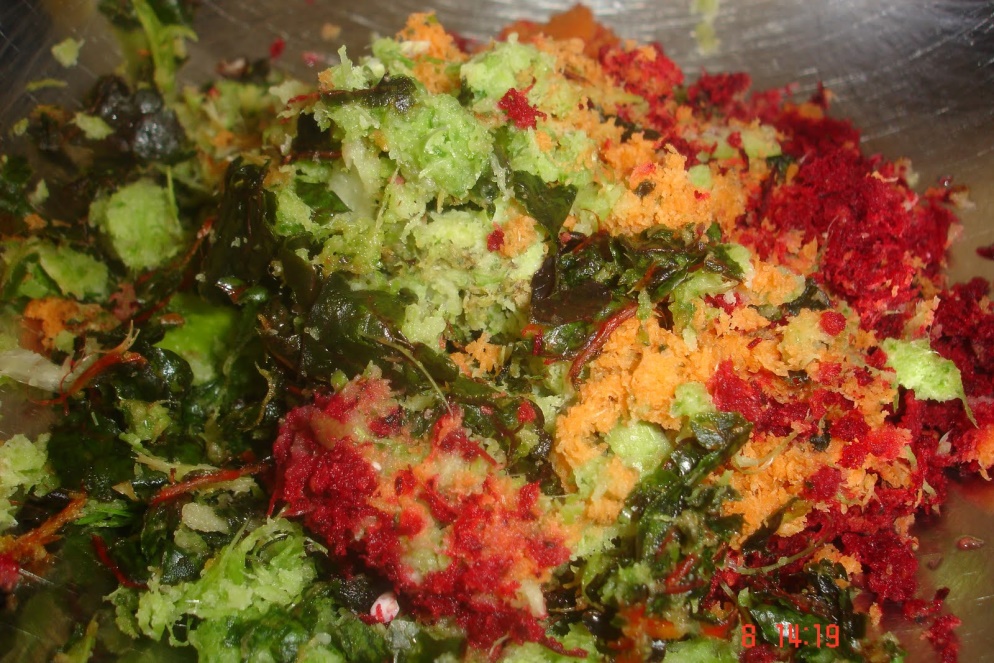
I’m talking about juicing and all that pulp that’s left over after the job is done. What do you do with that stuff? An unscientific survey conducted throughout my neighborhood turned up these common responses:
“We feed it to our chickens.”
“I add it to our compost pile.”
“I throw it out. Is there something I can actually do with it?”
How about you? What do you do with your juice pulp? Well, a very clever and frugal gentleman, Dave, the founder of iFocusHealth (www.ifocushealth.com), has come up with a plethora of leftover juice pulp recipes.
Dave says, “Yes, there actually is something you can do with it. It had loads of uses. Incorporating it as part of other delicious meals is easy, frugal, and a healthy re-purpose of this vitamin-loaded pulp.”
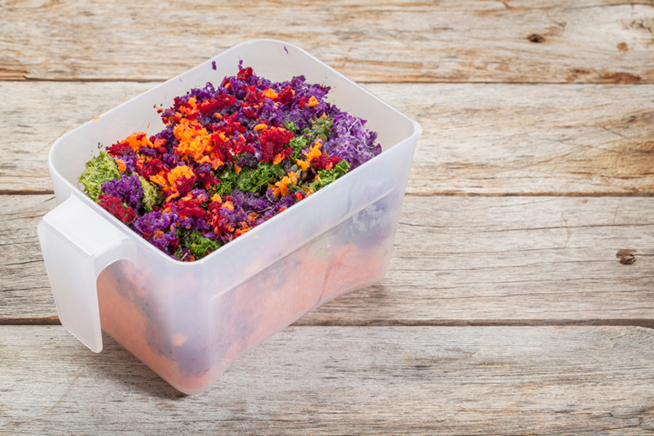
According to Dave, almost any recipe containing grated or shredded fruits and vegetables can be replaced with juice pulp of the same ingredients. Just know that some juice pulps might need a little bit of preparation before they can be integrated into a dish. Green juice pulp, for instance, might need to be chopped and seasoned before you can use it in a recipe.
Like any vegetable or fruit produce, it is best to use fresh juice pulp. However, sometimes circumstances force you to store it for later use. If that’s the case, it is best to store juice pulp in a sealed container in the refrigerator. And in case you don’t plan to use it in the next day, it is best to freeze it right away.
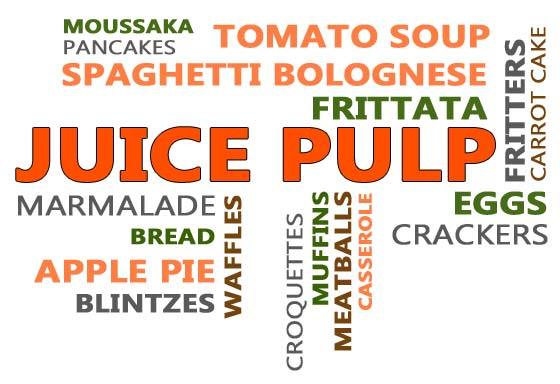
The list is long as to what you can do with juicing pulp. Fruit crisps and cobblers could be added to the list as well. Also, the pulp from juiced greens ought to be good in soups and stews, too. And this summer I plan to try making jelly out of my fruit pulps. (I’ll report back on how it goes.)
One of Dave’s ideas really intrigues me—using veggie pulp to make crackers. Healthy crackers are very expensive, so it’s a smart idea to make your own. Adding vitamin-packed leftover vegetable pulp sounds tasty. Here’s his recipe for this:
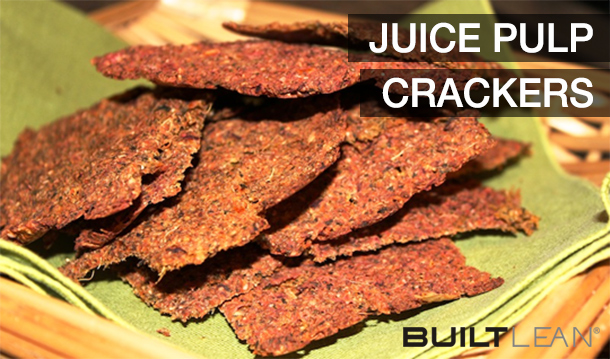
JUICE PULP CRACKERS
3 cups of juicing pulp (vegetables)
1 cup water
3/4 cup ground flax seeds (flax meal)
1 cup sunflower seeds, roughly chopped
Seasoning of choice (Spice Hunter’s Deliciously Dill is a good start)
Mix all the ingredients together. You can use a food processor to make sure you get a uniform mixture. Form a flat thin rectangle on your baking paper. Use a knife to cut the flatted mixture into small rectangles (or any other shape you like).
Bake it in the oven, heated at 350 °F until the crackers are crispy ( about 30-40 minutes). To get a crispier result you can put your crackers in the oven at low temperature ( around 140-210 °F) for 5 hours or longer.
The more I studied his recipes, the more I realized I could also substitute my carrot juice pulp for the shredded carrots my carrot cake recipe calls for. Why not? Shreds are shreds.
There’s not space to include all his suggestions, so be sure to check out Dave’s site (www.ifocushealth.com) if his idea interests you. But in closing I’ll add one more of his recipes. This is a stuffed pepper that’s made extra flavorful by the addition of vegetable juice pulp. It seems so smart, doesn’t it, to work this stuff into other recipes. Thanks to Dave for helping us see how this valuable food can be repurposed!
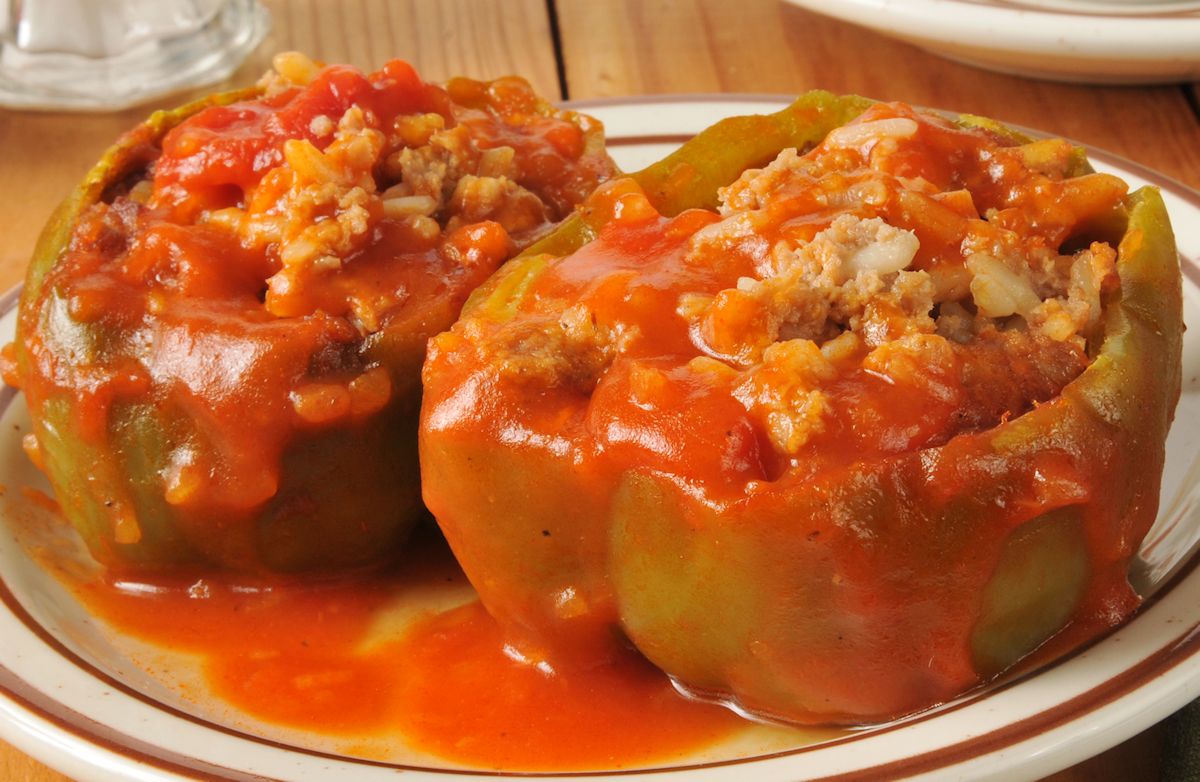
PULP-STUFFED PEPPERS (yield: 6 stuffed peppers)
STUFFING:
1 cup cooked and drained ground beef
1 cup cooked brown rice
1 cup carrot juice pulp (carrot and celery juice pulp works well also)
1 onion, finely chopped
¼ cup fresh parsley, chopped
3 tablespoons Worcestershire sauce
Salt to taste
Pepper to taste
Garlic powder to taste
6 large green sweet bell peppers (orange, red, or yellow)
SAUCE:
1 (14.5 ounce) can crushed tomatoes (diced will work as well)
1 tablespoon extra virgin olive oil
1 tablespoon sugar
Juice of 1/2 lemon
1 teaspoon crushed oregano
½ cup shredded cheese (of choice)
1/2 cup water
Preheat oven to 350°F. In large bowl, thoroughly mix all ingredients for stuffing. Cut tops off peppers and remove membranes and seeds. Fill each pepper; place each pepper in round or square baking dish.
In a medium bowl, mix all ingredients for sauce; pour sauce over each pepper and into baking dish. Bake peppers for 40 to 50 minutes.
- www.pininterest.com
- www.rebootwithjoe.com
- www.ifocushealth.com
- www.builtlean.com
- www.sparkrecipes.com
 Alice Osborne
Alice Osborne
Weekly Newsletter Contributor since 2006
Email the author! alice@dvo.com
